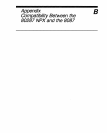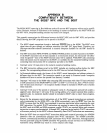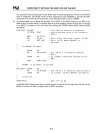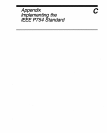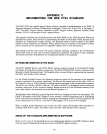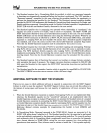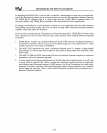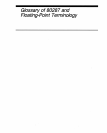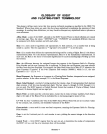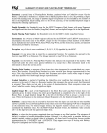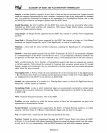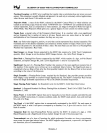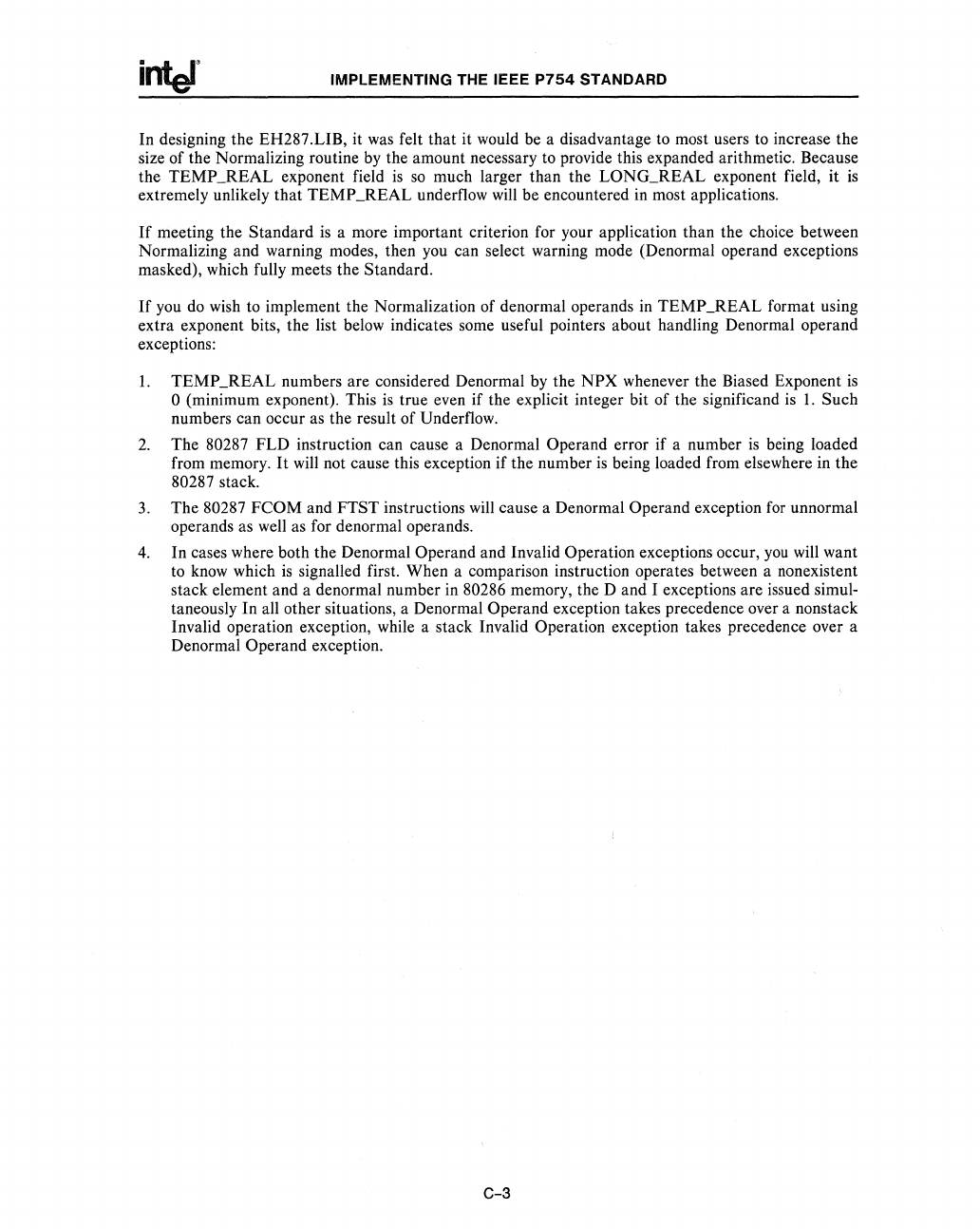
inter
IMPLEMENTING THE IEEE
P754
STANDARD
In designing the EH287.LIB, it
was
felt that it would be a disadvantage to most users to increase the
size of the Normalizing routine by the amount necessary
to
provide this expanded arithmetic. Because
the
TEMP_REAL exponent field
is
so
much larger than the LONG_REAL exponent field, it
is
extremely unlikely that TEMP_REAL underflow will be encountered in most applications.
If
meeting the Standard
is
a more important criterion for your application than the choice between
Normalizing and warning modes, then you can select warning mode (Denormal operand exceptions
masked), which fully meets the Standard.
If
you
do
wish to implement the Normalization of denormal operands in TEMP_REAL format using
extra exponent bits, the list below indicates some useful pointers about handling Denormal operand
exceptions:
1.
TEMP_REAL numbers are considered Denormal by the
NPX
whenever the Biased Exponent
is
o (minimum exponent). This
is
true even if the explicit integer bit of the significand is
1.
Such
numbers can occur
as
the result of Underflow.
2.
The 80287 FLD instruction can cause a Denormal Operand error if a number
is
being loaded
from memory.
It
will
not cause this exception if the number
is
being loaded from elsewhere in the
80287 stack.
3.
The 80287
FCOM
and FTST instructions
will
cause a Denormal Operand exception
for
un normal
operands as
well
as for denormal operands.
4.
In cases where both the Denormal Operand and Invalid Operation exceptions occur,
you
will want
to
know
which
is
signalled first. When a comparison instruction operates between a nonexistent
stack element and a denormal number in
80286 memory, the D and I exceptions are issued simul-
taneously In all other situations, a Denormal
Operand exception takes precedence over a nons tack
Invalid operation exception, while a stack Invalid
Operation exception takes precedence over a
Denormal
Operand exception.
C-3



